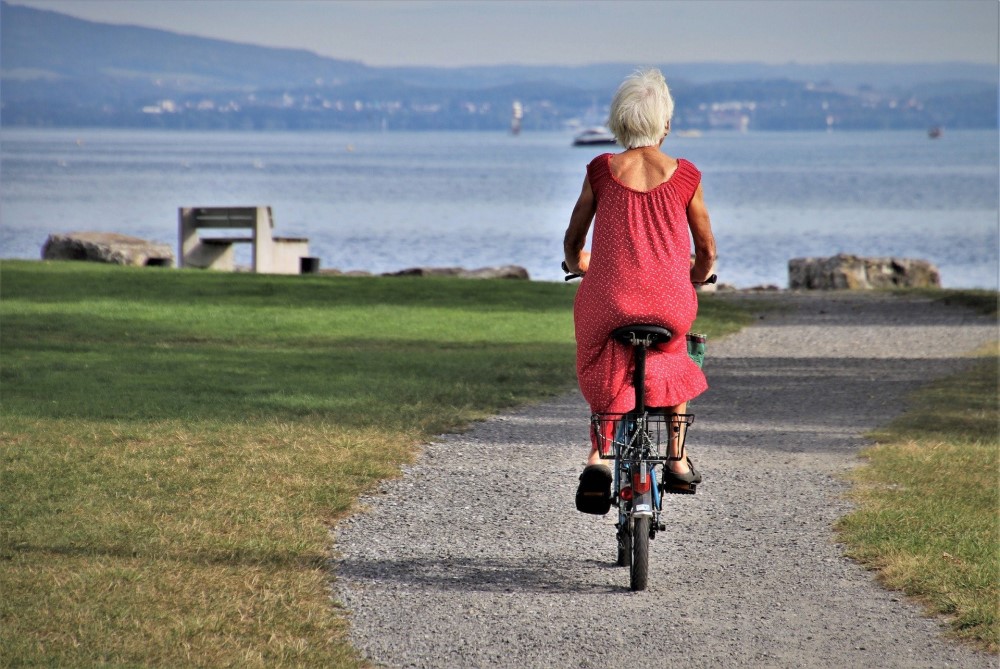
Loneliness is the uncomfortable feeling of social isolation that arises when an individual perceives that the quality or quantity of their social relationships is less than the quality or quantity of social relationships they desire.
Loneliness can have a detrimental impact not only on wellbeing and health, but also on productivity and functioning in daily life.
Loneliness is different from social isolation, which is an objective measure of the number of friends, family, or other social connections an individual has and the frequency of those connections.
Loneliness is subjective and depends on how the individual feels about their situation.
Social isolation and loneliness are public health issues that affect more than one-third of adults, with seniors most at risk for depression, substance abuse, and suicide triggered by feelings of isolation. Health risks associated with loneliness and social isolation are comparable to the dangers of smoking and obesity, increasing mortality risk by up to 30%. Given the links between loneliness and health status, there is a need for increased awareness among both the public and healthcare providers that loneliness is a condition that, like chronic pain, can afflict almost anyone.
Loneliness is a significant predictor of poor health. In a 2010 AARP Research survey of adults age 45 and older, among respondents who rated their health as “excellent,” only 25% were likely to be lonely, compared to 55% for those who rated their health as “poor.”
Loneliness is a common source of distress, suffering, and impaired quality of life for adults older than 60, and is a predictor of functional decline and death, according to a 2012 study. Some 19% of older adults report feeling lonely fairly frequently, according to a study on social connectedness based on data from the National Social Life Health and Aging Project. Relative to others, lonely adults tend to have lower incomes; are less likely to be married; live alone; and have poorer self-rated health, more physical limitations in carrying out daily activities, and fewer friends. They also socialize, volunteer, and participate in organized groups less frequently.
According to an AARP initiative, causes of social isolation include poor physical and mental health, poorly designed communities, and major life events such as loss of friends or a partner. Risk factors include lack of transportation, mobility impairment, untreated hearing loss, and limited opportunity to engage with others.
Health outcomes in older adults may be improved by promoting social engagement and helping seniors maintain interpersonal relationships, according to a 2012 study.
Many older adults suffer from frequent feelings of loneliness, but others are relatively unscathed by loneliness, according to a 2017 study. Factors that combat loneliness are a support network of friends and family and improving physical problems that limit independence and the ability to get out and about.
Current research suggests that immigrant, and lesbian, gay, bisexual populations experience loneliness more often than other groups. Latino immigrants, for example, “have fewer social ties and lower levels of social integration than US-born Latinos.” First-generation immigrants experience stressors that can increase their social isolation, such as language barriers, differences in community, family dynamics, and new relationships that lack depth or history, the report states. Similarly, gay, lesbian, and bisexual populations tend to have more loneliness than their heterosexual peers because of stigma, discrimination, and barriers to care.

How to fight loneliness.
1. Determine the “right” amount of socializing for you
Some alone time is a good thing. Have you always enjoyed solitary activities, like reading or watching classic movies? If so, take the time to understand your interests and engage in activities you’re comfortable with. You may not want a more active social calendar than you had in your younger years.
2. Encourage visitors to stop and stay awhile
Local friends, family, and neighbors may be happy to stop by. Sometimes, they just need to be asked.
A roommate can be a great investment if you have extra space. Not only does it reduce housing costs, but the daily interactions can reduce isolation. There are roommate-matching agencies that perform background checks and pair people with common interests and lifestyles. Some colleges, like NYU, even have programs in which students help around the house in exchange for room and board.
3. Fuel your interests
Volunteer opportunities are one way to help the community and make new friends. Teaching children to read, communal gardening, and being a docent at local art museums are all great options for aging individuals who still have mobility. Many local service and philanthropic clubs offer opportunities for seniors as well.
Senior centers have a wide variety of courses tailored toward the elderly, from singing to water aerobics. Most senior living communities will also bring in experts and volunteers to teach new skills, from chair yoga to sculpting. Even loved ones who are bedridden or in memory care facilities can pursue new interests through special programming.
4. Tap into technological resources to combat isolation
Tech-savvy seniors can keep in touch using cell phones to talk with friends, Zoom to video-chat with grandkids, and virtual home assistants like Alexa to share news or even jokes. These devices minimize isolation and facilitate connection.
Online community services like Virtual Senior Center and 65+ chat rooms can be excellent places for seniors to meet new friends who are dealing with the same concerns they are, air frustrations, and learn new technology without having to leave the house.
The Internet is full of resources, from videos of towns your loved one always wanted to visit to seminar-style classes. MOOCs, or “Massive Open Online Courses”, offer classes by top-notch instructors on a vast array of topics, perfect for seniors who want to keep learning but are unable to attend physical classes. Practical options, like will-writing and financial management, are offered alongside everything from introductory Mandarin to web developing.
5. Pets help prevent isolation
Pet therapy is medicinal. Just a short time bonding with an animal sets off a chemical chain reaction in the brain, lowering levels of the fight-or-flight hormone cortisol, and increasing production of the feel-good hormone serotonin, according to the National Institutes of Health. The result: heart rate, blood pressure and stress levels immediately drop. Over the long term, pet and human interactions can lower cholesterol levels, fight depression, and may even help protect against heart disease and stroke.
It’s important that you can properly care for a pet. Calm cats can be ideal for less-mobile individuals, while dogs are great companions for those who still want to spend time walking outside or have a fenced-in yard.
Many shelters have volunteer opportunities for animal lovers who can’t care full time for a pet, and some home-care companies will bring well-behaved therapy dogs to appointments.
6. Consider a senior living community
It’s harder to be lonely surrounded by neighbors, friends, and caretakers. Most independent and assisted living communities boast amenities like restaurant-style dining, weekly happy hours, and space for interaction. Many also offer transportation to local stores and theaters and provide outdoor activities like gardening as well as resident events.
7. Explore counseling to help fight depression associated with isolation
Request a referral to a professional who specializes in geriatric psychology at your loved one’s next doctor’s visit. Therapy has been proven to delay the progress of dementia, alleviate health concerns, and improve overall well-being. If you’re concerned your loved one’s loneliness has turned into depression, talk with them about the benefits of therapy.


